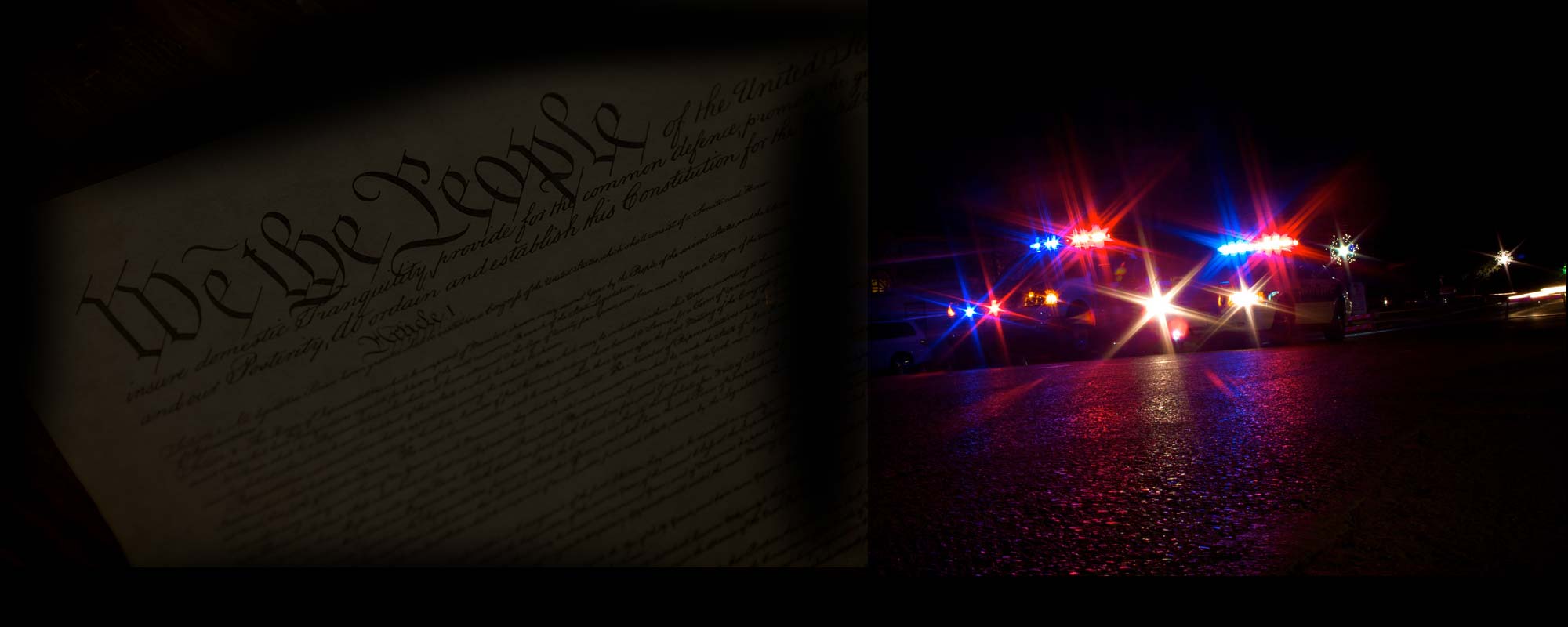The two latest shootings to receive national attention in the news took place in Tulsa, Oklahoma, and two days later in Charlotte, North Carolina. The protests in Tulsa were short lived, and were not accompanied by rioting. In Charlotte, nightly protests took place for a week, and there was rioting, looting and property destruction.
In both cities there was video recording of the police shooting to death a citizen. Why, then, was the public response so different in these two cases? The answer is a no-brainer. In Tulsa there was prompt release of the video to the public, and prompt prosecution of the shooter. In Charlotte there was secrecy, non-release of the video of this public event, in the possession of the police and to this day no consequence to the officer who fired the fatal shots, only excuses for not doing the right thing.
Charlotte’s chief of police has seen the video(s) in the possession of his department, has commented publicly on what they show and has determined that public release is without a compelling reason and would do little to calm public anger.
At least two things are wrong here; an interested, biased police chief commenting on evidence, setting himself up as a judge of the evidence, yet not allowing the public to see that evidence and judge for themselves. Once again it’s protecting the police with secrecy, and a police chief acting as a judge of evidence rather than just doing his job of collecting evidence. Cops are good at gathering evidence, but poor at judging. That’s what is objectionable; the public’s right to know and judge for themselves evidence in the possession of the police, commented upon by the police, and then telling the public there is no “compelling reason” for them to see that evidence because public release too soon would undermine their investigation.
Nonsense! What is there to investigate? Video recording speaks for itself. The police claim in Charlotte is that the police shot Keith Scott because he had a gun. If that’s true, release the video. A good reason not to show it is perhaps the claim of a weapon is a lie, or if he had one, it wasn’t being used in a threatening way. This sort of lie is easy to tell when there is no other record of the event. I’ve seen countless officers testifying in pre-video days that during “stop and frisk” pat downs, the cop thought a small ball of tissues or a credit card in a pants pocket was a weapon to justify expanding their search without any other basis. Absent a video, they can and do get away with it and have for far too long. I’ve lived through it, representing folks treated unconstitutionally and have caught them lying in this, and in various other ways. Even with photographic proof that they lie, they have gotten away with it. Folks like Rudi Giuliani say this is happening because of no leadership. No, it is not leadership, Mr. Giuliani, it’s not enough cameras, not enough prosecutions of cops, the secrecy of the police, and no civilian review and oversight. If the police want to look and act like a military force, they should be controlled like the military – by civilians.
Another argument heard against releasing the video is that doing so would taint the accounts of eyewitnesses. More nonsense; it is the often faulty perception of eyewitnesses to shocking events that is corrected by the camera, which is unaffected by the event being recorded.
The Washington Post reported on September 23, 2016, that Charlotte’s mayor was quoted as saying “I understand the anger”. No, she doesn’t. It is secrecy, and not trusting the public to be able to handle seeing what the video shows that is the problem. The article concludes with the mayor of Charlotte continuing to search for answers; answers that officials in Tulsa, New Orleans and other cities have no trouble with; their solution has been to trust the public. The mayor of Charlotte should do the same.






